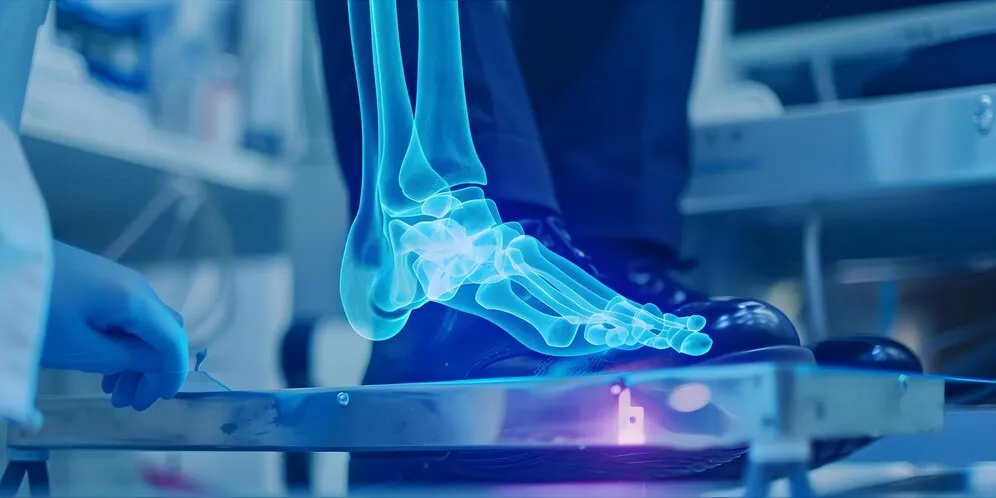This project revolved around modernizing a critical management portal for a large manufacturing company in Wisconsin. The portal, originally built with Angular 4, had grown increasingly difficult to maintain due to its outdated architecture. The company, under a managed services contract, required a robust upgrade to Angular 18 to boost performance, security, and scalability, while ensuring that the portal could continue supporting daily operations without disruption. The goal was not just to upgrade but to future-proof the application while making the development process more efficient for current and future teams.




